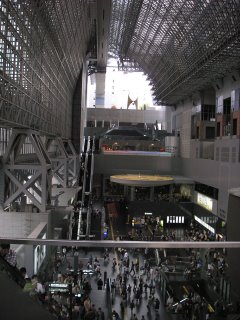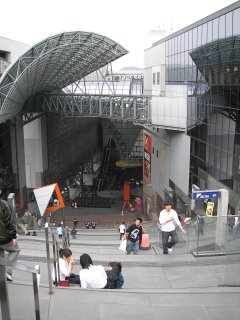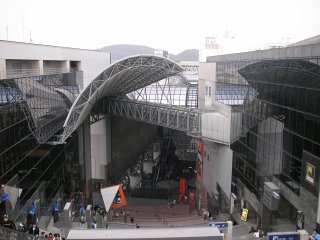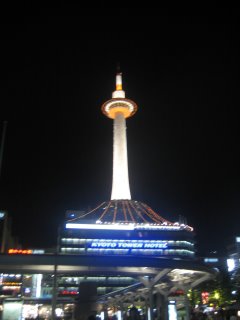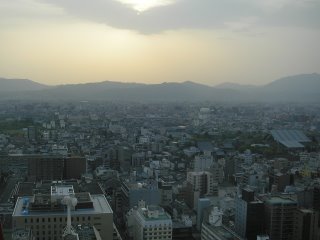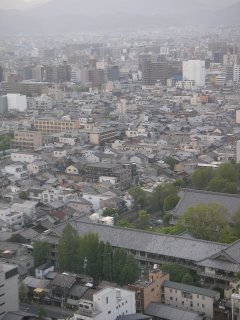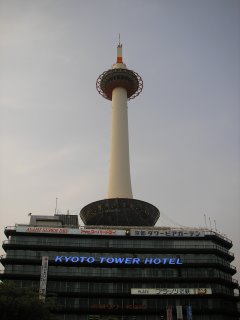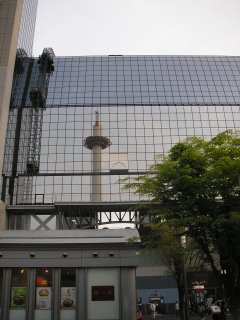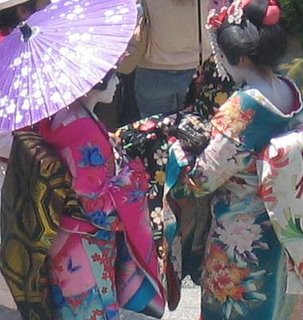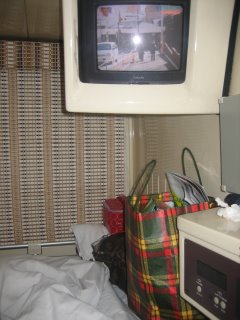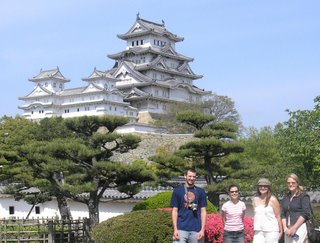 Himeji is most famous for its magnificent castle, Himeji Castle, widely considered to be Japan's most beautiful surviving feudal castle.
Himeji is most famous for its magnificent castle, Himeji Castle, widely considered to be Japan's most beautiful surviving feudal castle.

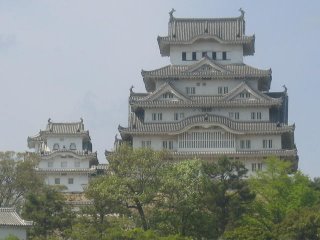 The main donjon consists of seven floors, five of which are visible. The tower is strengthened by two wood columns that run from the fifteen meter stone foundation to the roof. The eastern and western towers consists of four floors, three of which are visible. The northwestern tower has five floors, only three of which are visible from outside.
The main donjon consists of seven floors, five of which are visible. The tower is strengthened by two wood columns that run from the fifteen meter stone foundation to the roof. The eastern and western towers consists of four floors, three of which are visible. The northwestern tower has five floors, only three of which are visible from outside.


In fact it derives it name White Heron Castle partly from the fact that it appears as a bird ready for flight. The craftsmen, particularly those under Terumasa's reign, were able to transform the basic elements of nature -- stone, wood, and water -- into a refined and elegant structure.


 The architects of Himeji also employed contemporary castle technology so as to make Himeji near impenetrable. The fifteen-meter sloping stone walls make it impossible for the approaching enemy to view the castle directly from the base of the walls. The wandering passages of the castle are intended to confuse an enemy unfamiliar with the layout. The 84 gates are very heavily fortified by wood and stone as well as very small so as to make it difficult to move a great many men through at one time. There are openings (ishiotoshi) in the walls of the main complex for throwing stones and scalding water. There are also holes (sama) from which rifles and arrows can be shot. Passages connecting the four towers allow easy access and mobility. There is a residence for the lord of the castle, as well as a kitchen and a storehouse for supplies. The integration of nature and technology in Himeji Castle creates a physical and psychological barrier designed to confuse and exhaust the enemy.
The architects of Himeji also employed contemporary castle technology so as to make Himeji near impenetrable. The fifteen-meter sloping stone walls make it impossible for the approaching enemy to view the castle directly from the base of the walls. The wandering passages of the castle are intended to confuse an enemy unfamiliar with the layout. The 84 gates are very heavily fortified by wood and stone as well as very small so as to make it difficult to move a great many men through at one time. There are openings (ishiotoshi) in the walls of the main complex for throwing stones and scalding water. There are also holes (sama) from which rifles and arrows can be shot. Passages connecting the four towers allow easy access and mobility. There is a residence for the lord of the castle, as well as a kitchen and a storehouse for supplies. The integration of nature and technology in Himeji Castle creates a physical and psychological barrier designed to confuse and exhaust the enemy. 




















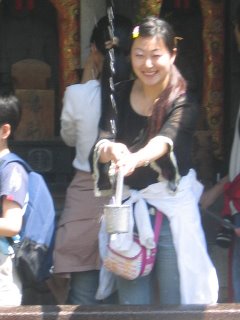






 Part of the fun of visiting Kiyomizudera is the approach to the temple along the steep and busy lanes of the atmospheric Higashiyama district. Except early in the morning, do not expect a tranquil, spiritual atmosphere.
Part of the fun of visiting Kiyomizudera is the approach to the temple along the steep and busy lanes of the atmospheric Higashiyama district. Except early in the morning, do not expect a tranquil, spiritual atmosphere.
